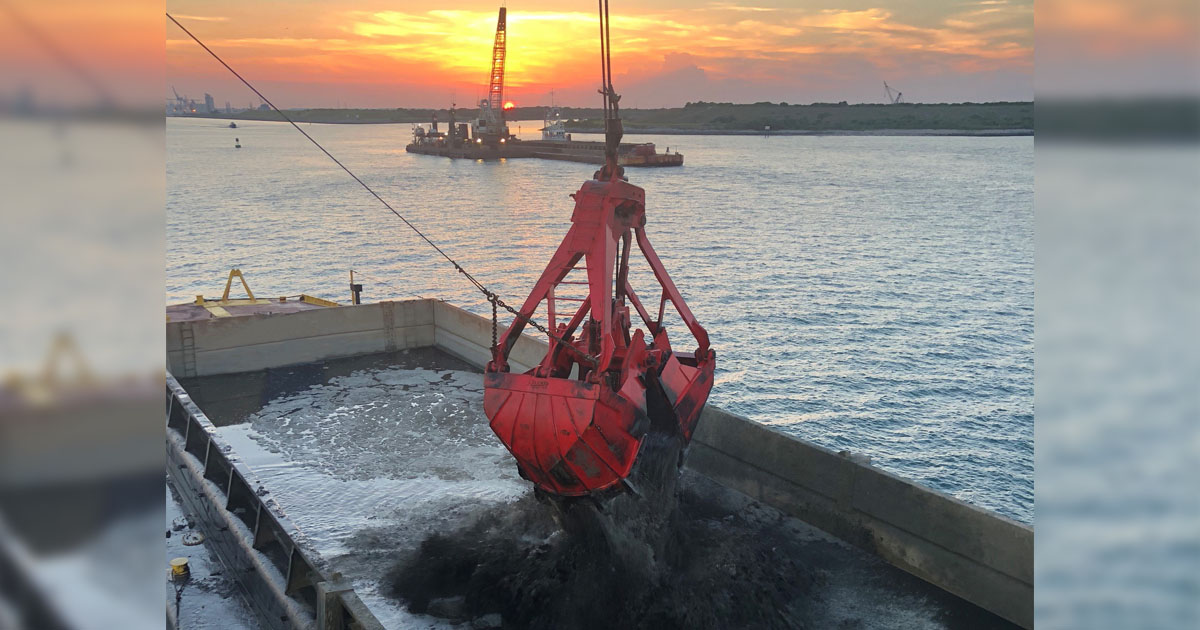During May through July 2019, Marine Ventures International, Inc. (MVI) provided protected species monitoring during the FY19 Canaveral Harbor Maintenance Dredging Project performed by Norfolk Dredging Company (NDC). The purpose of the project was to dredge the port-channel entrance and harbor to depths of 41 through 46 feet.
At completion, approximately one million cubic yards of dredged material was removed and placed into a nearshore disposal area and an offshore dredged material disposal site.
Because manatees and sea turtles are commonly seen in Canaveral Harbor and the local channels, Federal and State authorities required Endangered Species Observers (ESOs) to be present during dredging operations to monitor for endangered or threatened marine wildlife and reduce the possibility of injury (“take”) to these animals. Manatees travel regularly though the port facilities as they move from the Banana and Indian Rivers located east of Port Canaveral to the Atlantic Ocean and through the inlet in the port vicinity. Turtles, too, find the port a suitable location for feeding and traveling despite the busy port-related vessels and marine excavation activities.
NDC utilized the “clamshell” dredging method and the dredges Virginian and Atlantic - capable of removing up to 30 to 38 cubic yards of material, respectively, with a single “clamshell” bucket scoop. Clamshell dredging is relatively slow compared to some other dredging methods, thus presenting a minimal risk for sea turtle takes. MVI provided ESOs 24 hours a day to watch for threatened and endangered species. During daylight hours, if manatees and/or turtles were seen approaching within a 50-feet radius of the clamshell bucket, the shutdown was initiated by the ESO and the operator ceased movement of the heavy equipment. At night, the radius was increased to 75 feet.
Despite the searing heat of the Florida days and pounding storms in the early evenings, the project was completed successfully with no safety issues and no takes of endangered or threatened species associated with dredging operations. Observations were conducted throughout the entire project duration, day and night aboard the two dredges.


